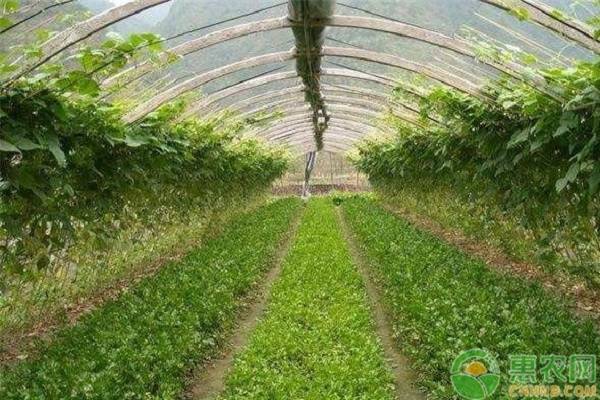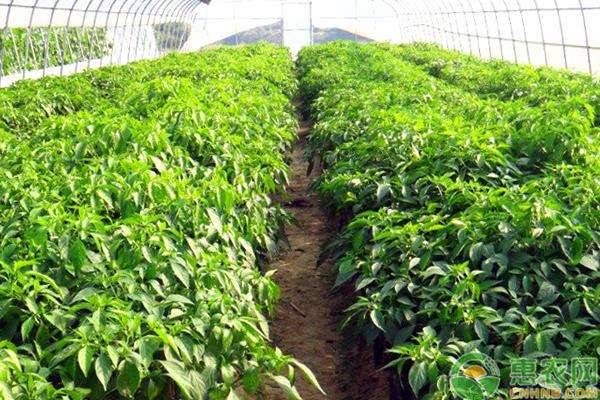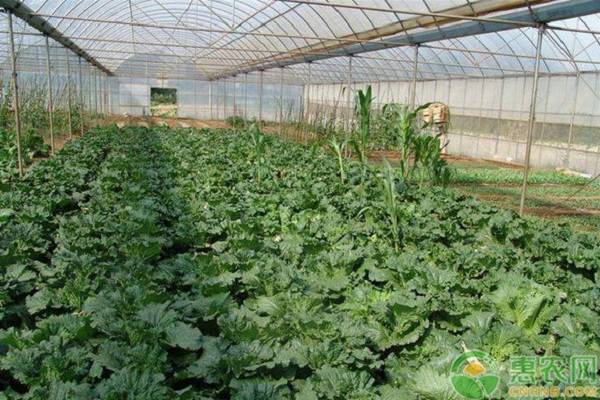In recent years, with the adjustment of agricultural planting structure, the cultivated area of ​​protected vegetables has developed rapidly, which also provides a suitable environment for the occurrence and development of root-knot nematodes, so that root-knot nematodes in the soil can accumulate and proliferate. Cucumbers and tomatoes in the continuous crophouse are more seriously damaged, often causing severe reduction or no harvest, and the disease is increasing year by year. Here, we will introduce the occurrence and control measures of root-knot nematodes in greenhouse. First, the symptom identification Cucumber and tomato root-knot nematodes mainly occur on the fibrous roots or lateral roots. The main symptom is the root formation of the root (root nodules), which usually produces weak new roots on the root knot, and the anatomical roots are embedded in small milky white nematodes. The root knot of tomato often forms a string of beaded tumors resembling millet or mung bean on the root; the root knot of cucumber forms root nodules or root enlargement on the lateral roots, or is a fibrous root, generally white, soft texture. The symptoms of the ground are not obvious, the growth of the heavy ones is slow, the plants are short, the development is poor, and the melons are small and small. If there are no roots and other symptoms in the roots, the rotten roots can be directly examined under the microscope. If a large number of nematodes are seen, or a large number of nematodes are obtained by separating the soil, and combined with the characteristics of the aboveground symptoms, it can be considered as a nematode disease. . At the same time, since most of the nematodes are harmful to the roots, the symptoms of the aboveground parts vary depending on the severity of the disease, and sometimes the symptoms caused by other pathogens or adverse factors are difficult to distinguish. Therefore, it is necessary to separate and find more nematodes, and it is possible to initially diagnose the disease caused by nematodes. Second, the pathogen The root-knot nematodes of cucumber and tomato are called southern root-knot nematodes and belong to plant parasitic nematodes. The larvae are slender worm-like, adult male and female, male adult linear, dull tail, colorless and transparent, size (1.0--1.5) mmx (0.03--0.04) mm, female Adult pear shape, 300-800 eggs per head, buried in the host tissue, size (0.44--1.59) mmx (0.26--0.81) mm, milky white. The drainage hole is close to the base of the kiss needle, there are 2 ovaries, coiled in the worm body, the anus and the genital door are located at the end of the worm body, the perineal pattern is slightly higher, the top or the circle or the flat, the side pattern from the wavy to the serrated shape. The side areas are not clear, and the lines on the side lines are often bifurcated. Third, the life history of nematodes The eggs of cucumber and tomato root-knot nematodes are produced in soil or plants, and the larvae become adults after several peelings. The life history of a generation is generally between 7-8 days and weeks. Fourth, the route of transmission and disease conditions The southern root-knot nematode mostly survives in the soil at 5-30 cm. It often leaves the 2nd instar larvae or eggs with the diseased remains in the soil for wintering. The conditions are suitable for the next year. The wintering eggs hatch into larvae, continue to develop and invade the host. The insect has limited ability to spread by self-migration, and the maximum range of movement in 1 year is about 1 m. Therefore, the primary infection source is mainly diseased soil, diseased seedlings and irrigation water. The long-distance movement and transmission of nematodes is usually carried out by means of running water, wind, diseased soils, sick and contaminated soils, diseased seeds and other nutritious materials, and human activities. The most suitable temperature for the life of Meloidogyne incognita is 25--30 °C. It is rarely active above 40 °C or below 5 °C, and it is lethal at 55 °C for 10 min. Field soil moisture is an important condition affecting hatching and reproduction. The rainy season is conducive to the hatching and infestation of nematodes, but its activity is inhibited in dry or over-wet soils. Suitable for soil pH 4--8, the conditions of high dryness, loose soil texture and low salt content are suitable for nematode activities, which is beneficial to the disease. Sand is often more serious than clay, and the incidence of continuous cropping is heavy. The damage of the southern root-knot nematode to the host is: direct mechanical damage, damage to the host epidermal cells; second, the needle acupuncture the host, secrete saliva, destroy the normal metabolic function of the host cell to produce lesions, and deform the root surface Or damage the internal tissues of the plant. Fifth, prevention and treatment methods 1. Strengthen quarantine. Quarantine is an effective means to prevent root-knot nematodes from spreading with seedlings over long distances. 2. Seedbed disinfection or soilless seedlings. Cultivating disease-free seedlings is the basis for high yields. Seedbed is one of the important ways for root-knot nematode transmission. The use of soilless seedlings is one of the important ways to avoid root-knot nematodes. If the size of the seedbed is large, seedbed disinfection measures can be used. 3. Thoroughly remove the root cause and concentrate on it. Regardless of greenhouses or large vegetable fields, the diseased bodies in the soil should be cleaned immediately after harvesting to reduce the source of the disease and reduce the incidence. 4. Reasonable rotation. A nematode is generally harmful in the same family, in the same genus or in the neighboring family, and in the neighboring genus. Therefore, it is planned to carry out the rotation of the distant family and the genus between 2 and 3 years. For example, it can reduce the insect source with the onion and garlic rotation. effect. 5. Deeply plow the soil. Root knot nematodes are mostly distributed in the soil layer of 3--9cm, and deep turning can reduce damage. Deeply ploughing and deepening more than 20cm before sowing, turning the possible nematodes into the depth of the soil can reduce the damage. 6. Turn the soil over. After the harvest of the upper sorghum, the soil should be irrigated before sowing, especially if the diseased land needs to be turned over, so that the nematodes are exposed to the soil surface and cause death. According to the lethal temperature of the nematode is 55 ° C (10 min), the plot of the nematode disease occurs. After the crop is harvested, the soil cover the mulch, and the exposure is about 7 days, even if the temperature of the soil surface does not reach 55 ° C, about one week. The long time can also kill most nematodes in the upper layers of the soil. 7. Strengthen cultivation management. Adding organic fertilizer (including manure, circle fertilizer, pit fertilizer, green manure, etc.) as base fertilizer can improve host resistance and tolerance, increase root development strength and root surface tissue toughness, and resist nematode infestation. 8. Chemical control. The advantage is that the number of nematodes can be quickly and efficiently controlled in a short period of time, and an obvious control effect is obtained. Commonly used drugs: (1) Kexian Phosphorus (also known as Limanchu): It is an organophosphate nematicide, which is a 10% granule. It is an ideal broad-spectrum systemic killing agent with good contact killing effect. . (2) Yishubao (also known as keke phosphorus): is an organophosphate ester nematicidal and insecticide, which is a 10% granule and is a contact agent. (3) Miller: It is an efficient, broad-spectrum organophosphorus agent with insecticidal and nematicidal action. It is a 3% granule with systemic, contact and stomach toxicity, and can prevent and treat various nematodes. After reading the above technical points of prevention and control, what kind of new experience do you have for your friends in the prevention and control of root knot nematodes? Can leave a message to discuss together! For the wonderful pictures and hot comments on the prevention and control of root vegetables and nematodes in greenhouse vegetables, you may be interested in the following recommended contents. Welcome to read. Stainless Steel Wet Chemica Fire Extinguishe Stainless Steel Wet Chemica Fire Extinguishe,Red Stainless Steel Wet-Chemica Fire Extinguishe,9L Stainless Steel Wet-Chemica Fire Extinguishe,Stainless Steel Wet-Chemica Fire Extinguishe JIANGSU NEW FIRE FIGHTING TECHNOLOGY CO.,LTD , https://www.ffo2cylinder.com

